Types of Wood Carving on Antique Furniture
Carving on antique furniture has been performed for many years. It was originally introduced by the Ancient Greeks, who created sculptures, architectural details, and furniture. Over the years, wood carving has become more sophisticated and intricate (this is largely due to power tools helping to speed up the process and increase the accuracy). Below are some examples of different types of carvings, which can be seen on many pieces today.
-
Acanthus Leaf
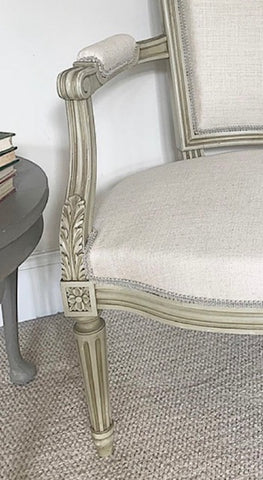
The acanthus leaf carving was first used by the Greeks in the 5th century BC and was mostly used on temple roof ornaments. It was then embraced by the Roman Empire and passed through the Middle Ages. During the Renaissance and Baroque periods, it was rediscovered with a new vitality and has remained popular ever since (although has evolved slightly since its original design).
-
Apron

An apron is a carved decorative feature that sits below the rail of a chair, or along the bottom of a chest of cabinet. It is also known as a skirt. It is believed to have originated in the Georgian period.
-
Cabochon
Cabochon carving is in the shape of a ball shape and is usually surrounded by leaf ornament. It is mostly seen on the knees of chairs from furniture dating back to c. 1740.
-
Cartouche
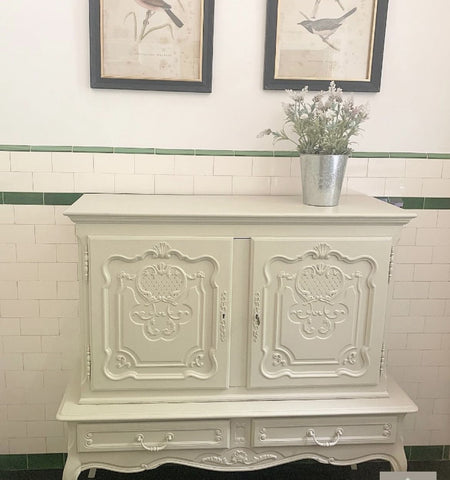
A cartouche is a flat oval or shield shape carving, which usually has an inscription or monogram in the centre. It was a popular design in Ancient Egyptian architecture and later became a common feature in European furniture.
-
Corbel
“Corbel” comes from the Old French word “corbeau” which means “crow”. The carving has a beak-like appearance which projects out to support a weight, like a bracket for a bookcase. It was very common in medieval and classical architecture.
-
Gadrooning

Gadrooning is a repetitive edge of small twisted carvings used around the edges of antique furniture. It originated from Ancient Rome and was widely used during the Italian Renaissance and in the 18th and 19th centuries.
-
Lunette
“Lunette” comes from the French word “lune”, meaning “moon”. It refers to the semicircle shape of the carving, which has been used in architecture for centuries. Lunettes are often found in antique tables, chairs and cabinets and they were especially popular in the Georgian period.
-
Monopodium
Originating from Ancient Greek and Roman design influences, the monopodium is a carved support with a lion head and claw feet. The monopodium foot is often seen on sofas, chairs and tables and was especially popular in the Regency period.
-
Piecrust
Piecrust is usually found around the edge of a tea or tripod table. It has carved scalloped edges that looks like the crust of a pie. It was mostly used in the later 18th century.
-
Rosette
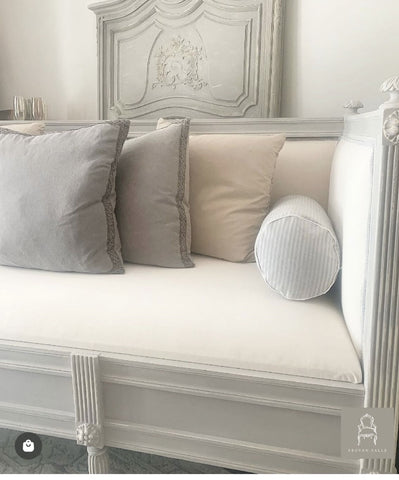
Rosette carving is a circular carving of rose petals. Its earliest recorded uses date back to the early 4th millennium BC in Egypt. The rosette was later used in Romanesque architecture and over time, it became very popular in Central Asia.
-
Scrolled knuckle arms

Knuckled arm carving is knuckle-shaped and is typically found at the end of an arm of an antique chair.
-
Shell
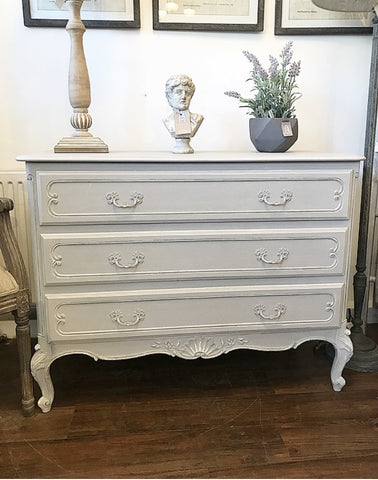
Once again, this carving dates back to Ancient Greece and Rome, however, it is now mostly associated with Georgian furniture. It is very popular on chests and sideboards.
-
Swag
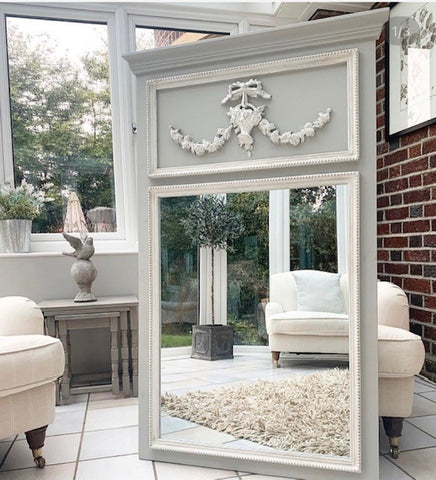
This decorative form is shaped like a hanging festoon and is often comprised of flowers. It was mostly used in the late eighteenth century.
